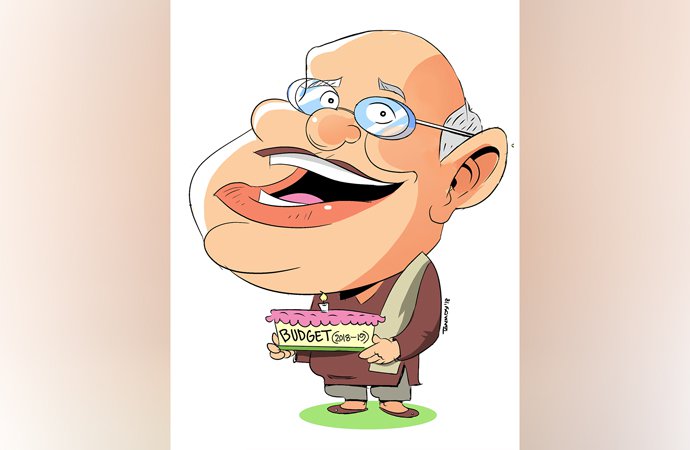Munima Sultana
The Bangladesh Bridge Authority (BBA) has prepared a revised plan for the government on resource allocation for the Padma Bridge project, reducing dependence on foreign currency by US$350 million.
The BBA that plans to complete the 6.15 kilometre bridge in next five years has estimated the foreign currency need at $2.03 billion until 2016-2017 fiscal year.
Earlier, forex requirement was estimated at $2.35 billion when the four financiers, led by the World Bank, were involved in the project.
However, officials said, the financial plan was prepared taking into consideration the present situation and the expenditures may vary when sources of funding would be confirmed.
The revised financial plan has been sent to the Finance Division for allocation in the revised annual development programme (RADP) for the current fiscal year. The BBA also has sought to start the process of fund allocation for the next year’s ADP.
According to the plan, only over $ 40 million in foreign currency would be needed in the ongoing fiscal year. But it would increase to $ 608 million during the 2013-2014 fiscal. The BBA has shown the demand for foreign currency at $ 725.74 million, $ 457 million and $ 203 million respectively in the next three financial years. The maximum amount of foreign currency would be needed for main bridge construction work in the next two fiscal years — $355 million in 2013-2014 fiscal year and over $ 470 million in 2014-2015 fiscal year.
The Finance Ministry sources said, it has been trying to arrange resources according to the financial plan of the BBA and is likely to be made it available from its own fund.
“If there is any development in getting foreign fund, it would then be added,” said an official preferring anonymity.
Seventy per cent of the cost of river training work, Jajira and Mawa approach roads and service area development would have to be met in foreign currency.
The BBA has figured out $ 1.18 billion as cost for main bridge construction while $ 607 million for river training work. The percentage-wise demand for foreign currency in these two important components is 80 per cent and 70 per cent respectively.
The BBA officials, however, said the foreign currency need would depend on the government’s decision as to who would carry out the works of various components.
“The demand may decrease further if any work is given to local firms and it would go up if it is done under public-private-partnership,” said an official. The government has been trying to arrange financiers after it withdrew its request to the World Bank for fund on February 1.
Source; Financial Express









